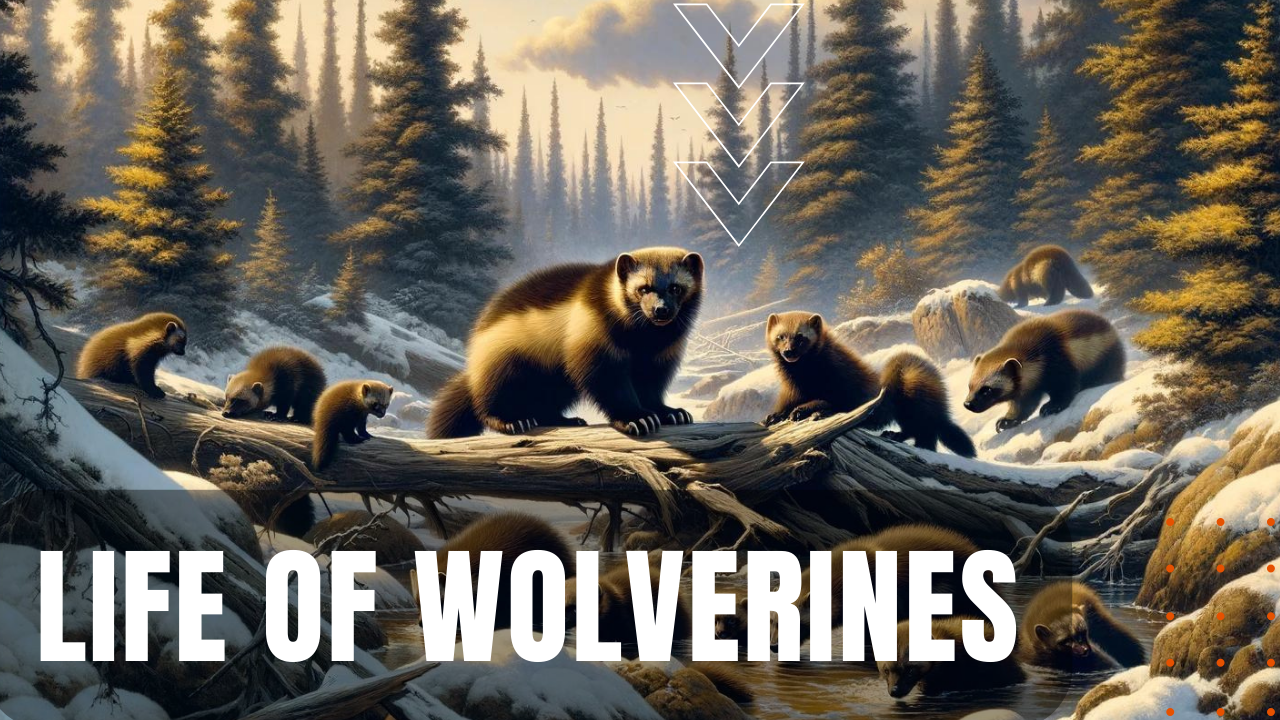The Life of Wolverines

Known for their ferociousness and strength out of proportion to its size, over the years, Wolverines have been given a number of nicknames, including the woods devil, carcajou, quickhatch, nasty cat and skunk bear—the later two names stemming from a wolverine’s anal scent glands used for marking territory and sexual signaling, which leaves behind a lasting and quite pungent odor. Of the mammalian family Mustelidae and the species Gulo Gulo—meaning “glutton” in the Latin—wolverines typically weigh between 17 and 40 pounds, while males are typically larger than females, standing a foot and a half tall, with a length of 22 to 44 inches.
Effective Scavengers
Preying mainly on rabbits and rodents, wolverines are also known to be highly effective scavengers, eating the carcasses of large animals such as caribou, deer, elk and moose. Historically existing at high altitude points in North America, Asia and Europe, in recent years, climate change, habitat erosion and human persecution have severely limited their numbers in the lower 48 states of America, although they have been sighted in the Sierra Nevada mountains of California and the southern Rocky Mountains of Colorado, as well as the Northern Rockies of Montana, Idaho and Wyoming.
Sought After Fur
Possessing thick, dark and oily fur with hydrophobic characteristics of extreme frost resistance, wolverine fur became highly coveted by early white European trappers and hunters in North America, who used it to line their jackets and parkas to ward off longterm exposure to Arctic conditions. While male wolverines are polygamous, mating with multiple females within territories upwards of 600 miles wide, after a two-month gestation, females—known as Angeline’s—raise one to three kits or whelp in snow dens without male assistant, generally at altitudes greater than 7,000 feet, at snow depths of five feet or more, which helps to protect their young from both cold and predation.
Many Natural Enemies
Giving birth from mid-February through late March, kits leave their dens after their first three months of life, and if young wolverines can survive predation from their natural enemies—wolves, American black bears, brown bears, cougars and golden eagles—a wolverine generally lives eight to ten years in the wild, while well-cared-for wolverines in captivity generally live 15 to 17 years, making the life of wolverines, a tenacious member of the animal kingdom.
